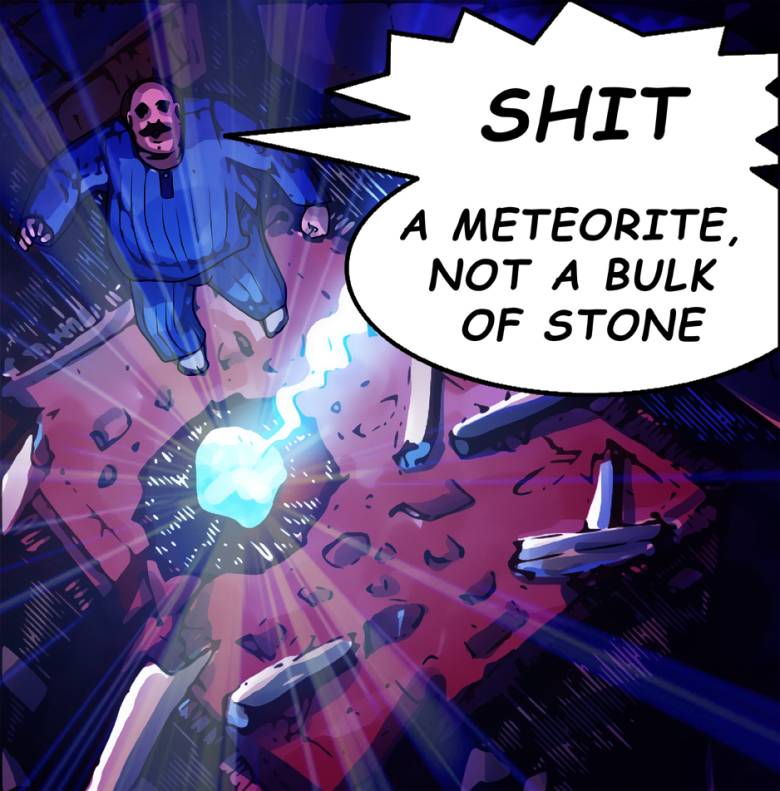NFT? What Is It?

Non-fungible token (NFT). That doesn’t make it any clearer. Right, sorry. “Non-fungible” more or less means that it’s unique and can’t be replaced with something else because it's recorded on the blockchain and trackable.
An NFT is a digital asset that can represent real-world objects like art, music, in-game items and videos. They are bought and sold online, frequently with cryptocurrency, and they are generally encoded with the same underlying software as many cryptos.
Although they’ve been around since 2014, NFTs are gaining notoriety now because they are becoming an increasingly popular way to buy and sell digital artwork. The market for NFTs was worth a staggering $41 billion in 2021 alone, an amount that is approaching the total value of the entire global fine art market.
NFTs are also generally one of a kind, or at least one of a very limited run, and have unique identifying codes. “Essentially, NFTs create digital scarcity,” says Arry Yu, chair of the Washington Technology Industry Association Cascadia Blockchain Council and managing director of Yellow Umbrella Ventures.
This stands in stark contrast to most digital creations, which are almost always infinite in supply. Hypothetically, cutting off the supply should raise the value of a given asset, assuming it’s in demand.
But many NFTs are digital, at least in these early days, have been digital creations that already exist in some form elsewhere, like iconic video clips from NBA games or securitized versions of digital art that are already floating around on Instagram.
Famous digital artist Mike Winklemann, better known as “Beeple,” crafted a composite of 5,000 daily paintings to create perhaps the most famous NFT of 2021, “Every day: The First 5000 Days,” which sold at Christie’s for a record-breaking $69.3 million.
Anyone can view the individual images—or even the entire collage of images online for free. So why are people willing to spend millions on something they could easily screenshot or download?
Because an NFT allows the buyer to own the original item and trackable in the blockchain. Not only that, it contains built-in authentication, which serves as proof of ownership. Collectors value those “digital bragging rights” almost more than the item itself.
How do NFTs work?
At a very high level, most NFTs are part of the Ethereum blockchain. Ethereum is a cryptocurrency, like bitcoin or dogecoin, but its blockchain also supports these NFTs, which store extra information that makes them work differently from, say, an ETH coin. It is worth nothing that other blockchains can implement their own versions of NFTs. (Some already have.)
What’s worth picking up at the NFT marketplace?
NFTs that can be purchased on the NFTS marketplace such as Opensea, and Mintable Marketplace. NFT can really be anything digital such as drawings, comics, paintings, PDFs, music, and your brain downloaded and turned into an AI, but a lot of the current excitement is around using the tech to sell digital art.
NFT stands for non-fungible token. It’s generally built using the same kind of programming as cryptocurrency, like Bitcoin or Ethereum, but that’s where the similarity ends.
Physical money and cryptocurrencies are “fungible,” meaning they can be traded or exchanged for one another. They’re also equal in value—one dollar is always worth another dollar; one Bitcoin is always equal to another Bitcoin. Crypto’s fungibility makes it a trusted means of conducting transactions on the blockchain.
NFTs are different. Each has a digital signature that makes it impossible for NFTs to be exchanged for or equal to one another (hence, non-fungible). One NBA Top Shot clip, for example, is not equal to every day simply because they’re both NFTs.
What Are NFTs Used For?
Blockchain technology and NFTs afford artists and content creators a unique opportunity to monetize their wares. For example, artists no longer have to rely on galleries or auction houses to sell their art. Instead, the artist can sell it directly to the consumer as an NFT, which also lets them keep more of the profits and easier royalty and copyright tracking in the blockchain. In addition, artists can program in royalties so they’ll receive a percentage of sales whenever their art is sold to a new owner. This is an attractive feature as artists generally do not receive future proceeds after their art is first sold.
Art isn’t the only way to make money with NFTs. Brands like Charmin and Taco Bell have auctioned off themed NFT art to raise funds for charity. Charmin dubbed its offering “NFTP” (non-fungible toilet paper), and Taco Bell’s NFT art sold out in minutes, with the highest bids coming in at 1.5 wrapped ether (WETH)—equal to $3,723.83 at the time of writing.
Nyan Cat, a 2011-era GIF of a cat with a pop-tart body, sold for nearly $600,000 in February. And NBA Top Shot generated more than $500 million in sales as of late March. A single LeBron James highlight NFT fetched more than $200,000. Even celebrities like Snoop Dogg and Lindsay Lohan are jumping on the NFT bandwagon, releasing unique memories, artwork and moments as securitized NFTs.
How to Own NFTs for free?
If you’re keen to start your own NFT collection start with Twitter and Instagram. At certain times they will post about "NFT giveaway" or something like that, such as the author of Instant Evolution Comics NFT @MSGumelar on Twitter or @bubblegumelar on Instagram giving away free Instant Evolution NFT Chapter 1 for their follower.
First, you’ll need to get a digital wallet that allows you to store NFTs and cryptocurrencies. You’ll likely need to purchase some cryptocurrency for buying instead of free NFT, like Ether, depending on what currencies your NFT provider accepts. You can buy crypto using a credit card on platforms such as Coinbase, Metamask, Kraken and any crypto wallet. You’ll then be able to move it from the exchange to your wallet of choice.
You can create your crypto wallet for free at these links:
https://www.coinbase.com/wallet
Just remember never to share your keyphrases with anyone or any websites, use keyphrases only when you need to import your wallet to a new gadget only.
How to sign in to OpenSea and set up an account
Assuming you already have a crypto wallet like Metamask set up, connecting it to OpenSea and building an account is a breeze.
OpenSea will prompt you to connect with a wallet immediately. If you’ve got a wallet like the MetaMask extension installed, on your browser signing in is almost instant. From the OpenSea homepage, navigate to the top right-hand corner of the site and clock on the wallet icon. OpenSea will prompt you to connect to a wallet service of your choice. Once you’ve done that, your account is live!
After connecting a wallet, OpenSea will bring you to your account’s profile page where you can view any NFTs you’ve collected, created, or favorited on the site for potential purchase.
Your default account will be “Unnamed” until you navigate to the settings cog to the right of your profile picture to customize your account. OpenSea will hit you with an extra security prompt at this point, asking you "Sign" a quick agreement before you can continue. Once you’re through this prompt, you can customize your profile. Pick a username, pen a quick bio and add a secure email address to your account.
Now you’re ready to roll and can explore the OpenSea marketplace with your wallet full of currency, ready to make some offers on one-of-a-kind artworks or get them for free by searching on Twitter and Instagram, happy hunting.
Journalist:
M.S. Gumelar
Twitter @MSGumelar
Instagram @bubblegumelar




